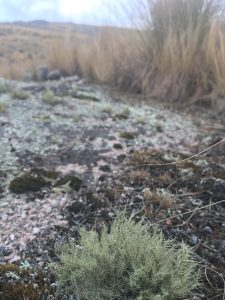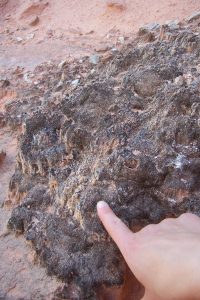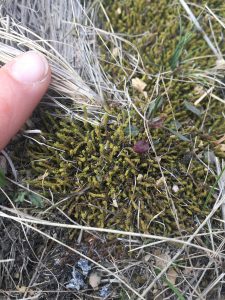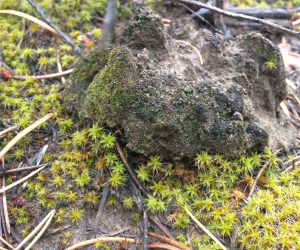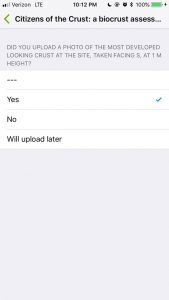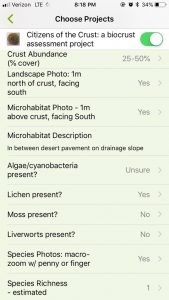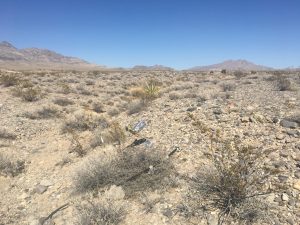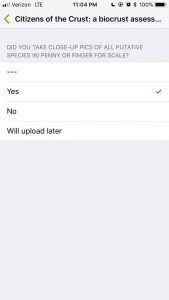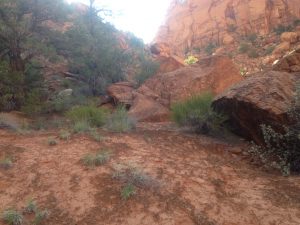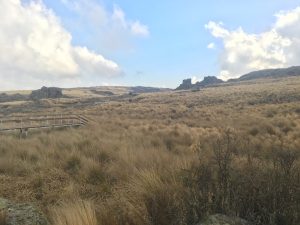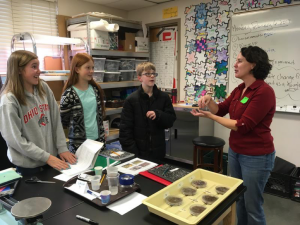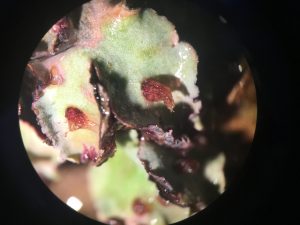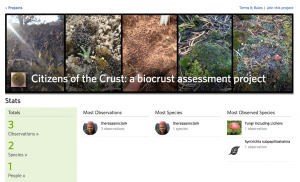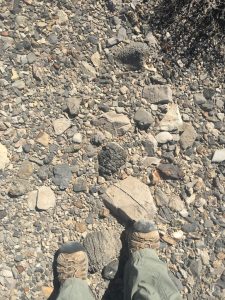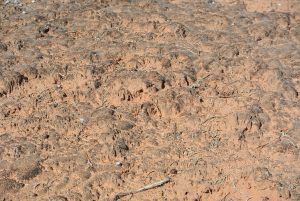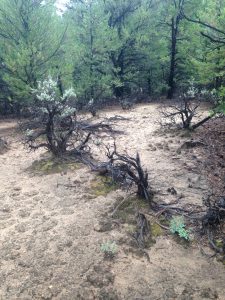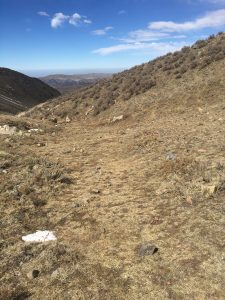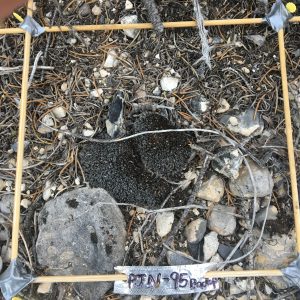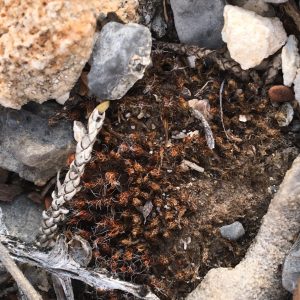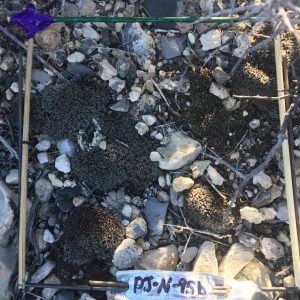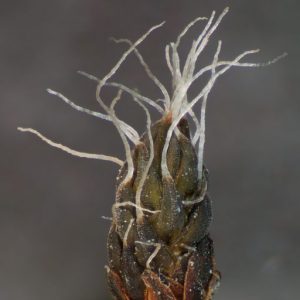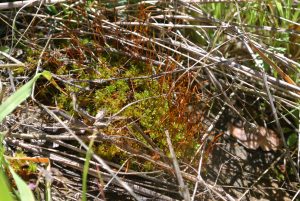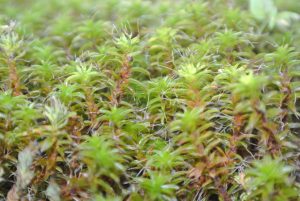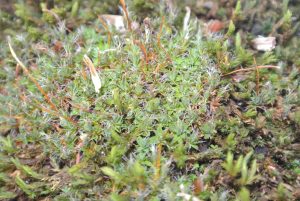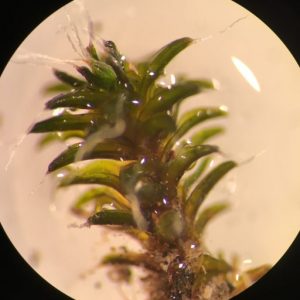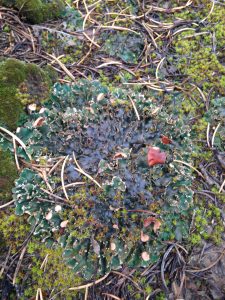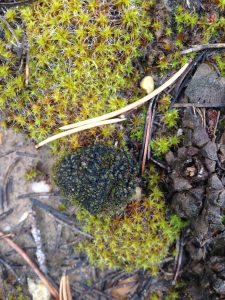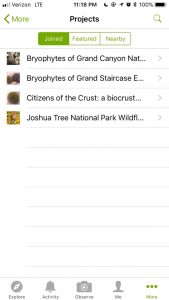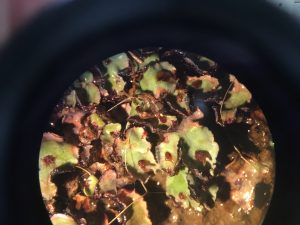Citizens of the Crust
An iNaturalist.org Project for Documenting Biocrust in Nature
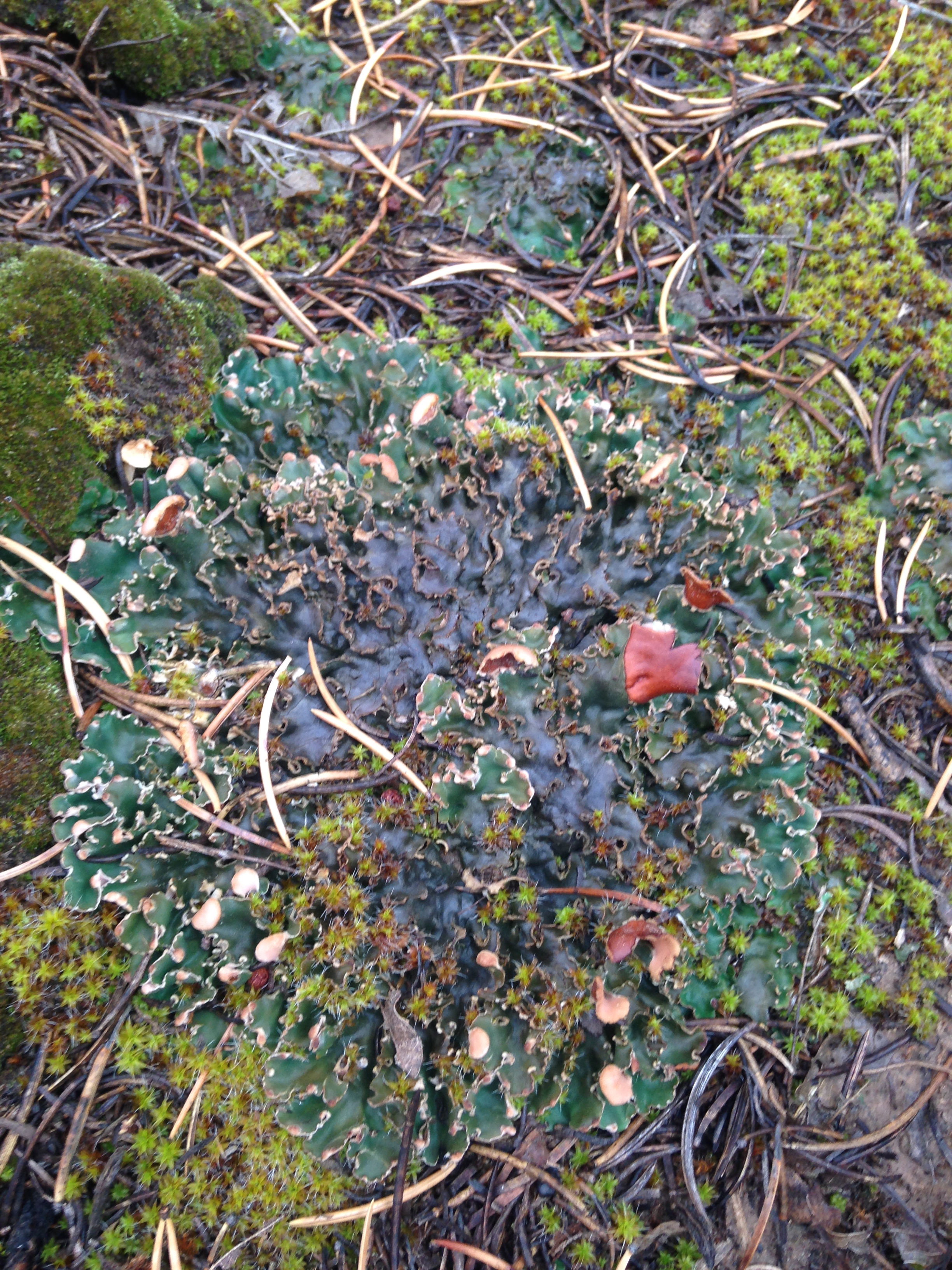
Biocrust communities need help!
Become a Citizen of the Crust and gather georeferenced data on biocrust in North America!
The mission of this citizen science project is to:
- Increase hiker awareness of biocrust,
- Reduce crust-busting rates by hikers,
- Gather data regarding the distribution and health of biocrusts throughout the US.
As a Citizen of the Crust, you can upload georeferenced biocrust photos and rapidly record baseline data on these fragile soil communities!
Learn how to recognize biocrust and make quality iNaturalist observations below!
Why do Biocrusts Matter?
Biocrusts are intricate, woven networks of small but beautiful life forms which cover the soil surface and provide many important ecological functions while contributing to biodiversity and forming the base of food chains in many ecosystems. Biocrust community composition varies widely across ecosystems and climatic gradients, but dramatic changes can also occur in response to microhabitat variation, such as percent shade and soil acidity!

Biocrusts prevent soil erosion, increase water infiltration and nitrogen availability for larger plants, provide habitat for microorganisms (e.g. mites, spiders, insects, water bears, and rotifers), and increase carbon-storage. However, biocrusts are fragile, and break easily when dry if stepped on or driven across with bikes or motor vehicles. These delicate communities need our help for their protection, because once damaged, they can take over a century to grow back!
Biocrust Diversity
Biocrust comes in many shapes, colors, and sizes, filling the space between larger vegetation and rock in most ecosystems. Consequently, they are very common in arid environments, mountain tops, and exposed tundra where large vegetation is less abundant! At their greatest biodiversity, one square meter of biocrust can include multiple species of mosses, lichens, green algae, fungi, cyanobacteria, liverworts, and a medley of microbes living within them! Check out their diversity in the slideshows below!
Become a Citizen of the Crust!
Step 1. Join & download the iNaturalist app
- Become an iNaturalist member: iNaturalist.org.
- Join our iNaturalist Project: https://www.inaturalist.org/projects/citizens-of-the-crust-a-biocrust-assessment-project.
- Download the free smart phone app & sign in!
- Download/print the project iGuide: https://www.inaturalist.org/guides/8051. (Download to your phone and save PDF/print to your PC.)
Step 2. Learn to spot biocrust communities!
- Study the Biocrust Hunter Slideshow below!
- Download the Biocrust Ecology PDF here.
Step 3. Study biocrust organismal groups
Learn to recognize the 4 organismal groups by studying the following photographic surveys of common biocrust species:
- The Algae & Cyanobacteria, Moss, Liverwort, and Lichen Slideshows (see end of page).
- The Field Guide to Biological Soil Crusts of Western U.S. Drylands.
- Research-Grade Observations already made by our research team (NSF-3D Moss).
- The project iGuide: https://www.inaturalist.org/guides/8051 (in progress).
Step 4. Gather field supplies
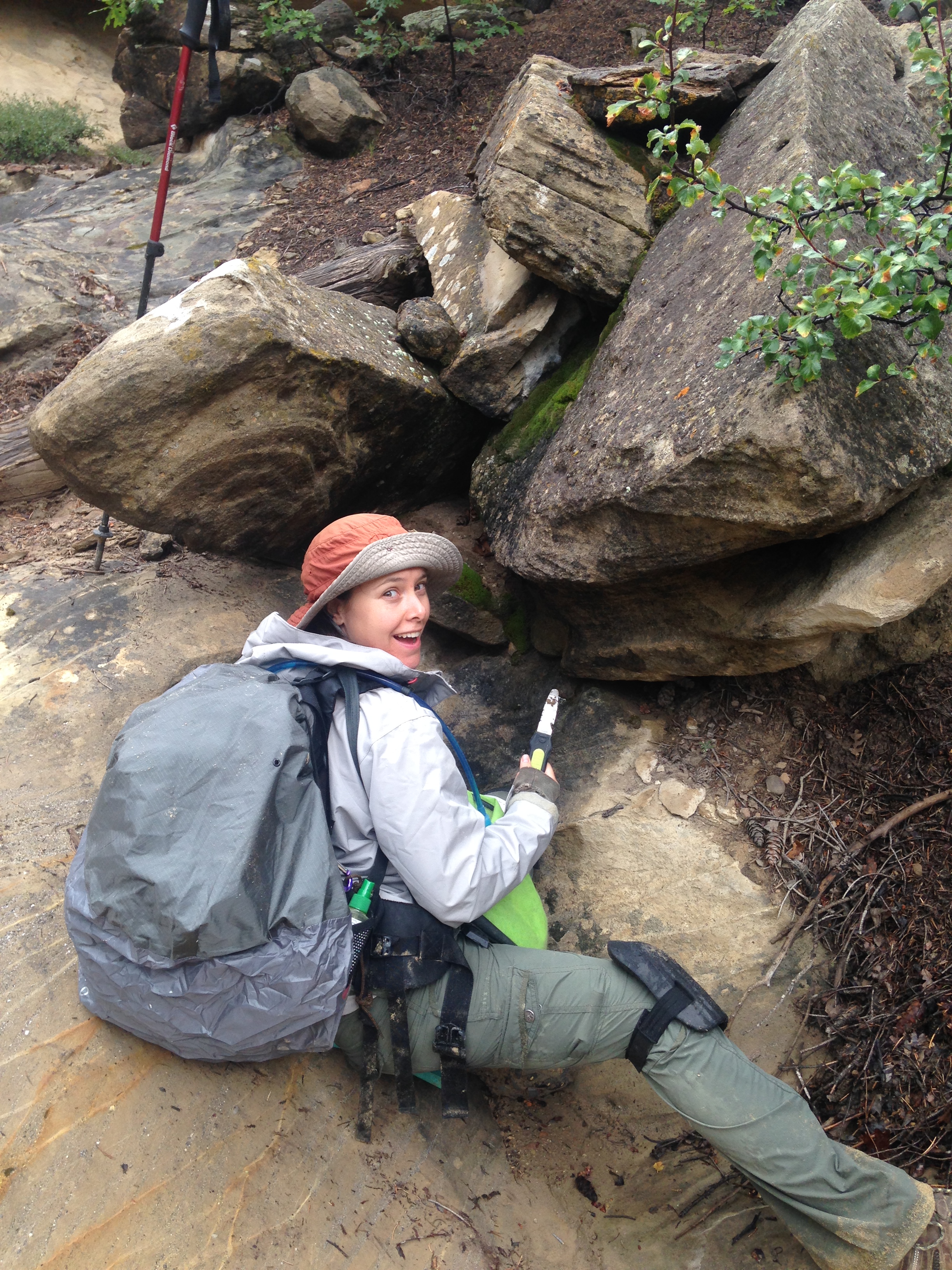
- compass
- metric tape measure
- penny (or finger, for scale in macro-photos!)
- spritz bottle
- knee pads
- magnifying lens (10x – 20x) and/or macro lens for your phone camera.
- observant eyes and delicate steps around these fragile communities!
Step 5. Learn to make quality iNaturalist Observations
Basic Instructions for adding an observation to the phone app.
What Did You See? (Taxonomy field)
Unlike most iNaturalist projects, you will NOT attempt to identify taxa beyond Kingdom! Phylum/Genus/Species-level ID will be done by experts using the photos you upload!
Enter the Kingdom or phylum of the most abundant biocrust organism you see at your microsite. (There will usually be 2 or more species!) Don’t attempt to ID taxa at the species level unless you have been trained in biocrust taxonomy!
- Kingdom Plantae (mosses and liverworts)
- Phylum Bryophyta (mosses)
- Phylum Hepaticophya (liverworts)
- Kingdom Fungi (lichens or fungi)
- Phylum Cyanobacteria (cyanobacteria)
- Phylum Chlorophyta (green algae)
Add your observation to the Project
Add a biocrust observation to the Citizens of the Crust project by selecting “Projects” at the bottom of the Details window. All of your iNaturalist observations are visible under the Me tab and can be edited from here.
Tip: Complete the Project Data Fields (next section) at your crust site before choosing a dominant Kingdom for this taxonomy field!
Record biocrust data in Project Data Fields
The Project has 11 Data Fields illustrated below.
For each project observation, help scientists understand biocrust diversity and health by completing the data fields in the phone app, which will appear after you toggle the Citizens of the Crust Project button.
Read through the examples of each data field below to make research-grade Project Observations! You will capture photographic data at 3 scales and record biocrust diversity & ecology data. The left panel in each figure below shows the app interface with simplified instructions. The right panel shows example photographic data.
Crust Abundance
Record a quick estimate of biocrust surface abundance by estimating the percent cover of biocrust visible in all directions from a central location at your site.
Landscape Photo
Record the “big-picture” of ecology at your site by taking a photo of the surrounding landscape. Snap a pic at eye-level: stand 1m NORTH of the biocrust and face SOUTH. This photo will provide habitat data with a directional quality that can be used to infer temporal shading. Many biocrust communities rely on microhabitat shading to survive in sunny, arid climates!
Microhabitat Photo
A picture is worth a thousand words, and this is especially true for biocrust microhabitats! Subtle changes in slope, aspect, soil texture, rocks, and vegetation at this scale can make or break habitat quality for small biocrust organisms! Snap a pic facing SOUTH at 1m height above the most developed patch of biocrust that’s accessible w/out busting crust!
Microhabitat Description
Qualitatively describe the biocrust microhabitat using this text field. Be as detailed as you can! This example photo was described as “Between rocks of desert pavement” on a “drainage slope.” Desert pavement is a common microhabitat feature associated with biocrust in which closely-packed rocks cover the soil almost completely, save for the patches of biocrust! These small rocks provide significant shade and stability to biocrusts!
Green Algae and Cyanobacteria present?
Study the Algae/Cyanobacteria Diversity and Diagnostic Features slideshow before trying to determine the presence of these microscopic organisms! The pic below is an example of a macroscopic cyanobacterium, Nostoc, but the presence of most cyanobacteria will be indicated by a blackish green-dusting over the soil. If a 1cm-squared chunk of cyanobacterial crust is extracted with a knife, the filamentous strands will dangle with pieces of dirt on them creating “danglies” (not a technical term, but useful one!) thereby confirming the presence of this foundational biocrust organismal group that weaves most biocrust together! Green algae can appear like a light-green dusting over soil surfaces and are less common, mostly restricted to areas with more frequent rain or microhabitats adjacent to ephemeral water sources such as drainages or seeps where water will keep the soil moist for extended periods of time.
Taxonomic Level for iNaturalist Observation
- Phylum Cyanobacteria (cyanobacteria)
- Phylum Chlorophyta (green algae)

Lichens Present?
Study the Lichen Diversity and Diagnostic Features slideshow before trying to determine the presence of these morphologically diverse fungal organisms! Many lichens are macroscopic and easy to spot, and are more common in the most hot, arid environments or microhabitats. Looking closely with a magnifying lens will help you distinguish them from mosses and liverworts. Spritzing them is also helpful: their plates will not expand when hydrated, but will become very shiny and may change color (often becoming more greenish)!
Taxonomic Level for iNaturalist Observation
- Kingdom: Fungi including Lichens
Mosses Present?
Study the Moss Slideshow before trying to determine the presence of these highly diverse biocrust plants! Mosses are typically present in more shaded or cool environments/microhabitats, although some species can survive extremes in desiccation and exposure! Spritzing most species of moss will cause their leaves to rapidly unfold as they absorb water directly into their leaves, expanding their biomass within seconds to minutes! Color change is possible too! Bright red, yellow, or orange mosses are often physiologically stressed, although sun exposure can increase reddish “sun-tan” pigmentation. Green indicates health or new growth! Use a magnifying lens to look for individual leaves around central stems!
Taxonomic Level for iNaturalist Observation
- Kingdom Plantae
- Phylum Bryophyta
Liverworts Present?
Study the Liverwort Slideshow before attempting to ID this plant group, which can be confused with lichens! Liverworts are the most rare macroscopic group in biocrust, being limited to cool, fully-shaded microhabitats or high-elevation environments. When dry, their green, tongue-shaped thallus body curls into a dark-purple tube to evade sun-damage. Spritzing will usually not hydrate liverworts enough to see a visible difference; hours of full saturation are usually needed to expand the thallus. Distinguishing from lichens can be done carefully by confirming the absence of plate-like scales!
Taxonomic Level for iNaturalist Observation
- Kingdom Plantae
- Phylum Hepaticophyta
Species Photos?
It takes patience kneeling on the ground for 10 minutes or more to pinpoint different species of biocrust! Take a picture of each “unique” organism you see using macro-zoom or an external lens on your phone! Expert taxonomists will later ID these species to the most specific taxonomic level possible on iNaturalist!
Species Richness?
Record the number of species you see and be sure to take a photo of each! After completing the Organismal Group photos above, some of these photos will be already completed. How many species do you see in the photos below? Use a magnifying lens and look carefully for different textures, colors, and shapes!
We see at least 2 and 3 species in the two photos above, respectively! Your eye will improve with practice and studying the 4 slideshows below!
Crust Disturbance?
Despite their resiliency to long periods of desiccation, hot temperatures, and high levels of sun exposure, biocrust in arid environments are HIGHLY susceptible to physical disturbance. Your foot could destroy a community that took hundreds of years to develop! Recreational activities by humans and traffic by livestock are some of the greatest causes of destruction. If you suspect disturbance, snap a pic of the damaged biocrust and fill out this field below!
Biocrust Hunter Slideshow
Learning to spot biocrust trailside in the field takes a little practice! Remember, biocrust are SOIL communities, so although you will see species of mosses, lichens, and cyanobacteria growing directly on ROCK, these are NOT biocrust! See examples below!
- Hike slower and look for:
- Bumpy surfaces that most easily indicate biocrust presence.
- Dark greenish or blackish colors of DRY biocrust!
- Vibrant greens and orange-browns of WET biocrust!
- Smooth biocrust – harder to spot, but still appears blackish!
- Rugose biocrust – easier to spot, having short (1-3 cm) crust mountains!
- Pinnacled biocrust – the easiest to spot, with tall (5-15 cm) crust mountains!
Start looking for these crust communities everywhere you go!
Learn the 5 Biocrust Organismal Groups
Checkout the slideshows below to begin learning to recognize the common functional groups (organisms that share a similar growth form and ecological function) in biocrust. Your iNaturalist Observations will be made without species-level identification, as this is done best by experts with microscopes in the laboratory!
Moss Biocrust Slideshow
Mosses can (usually) be recognized by:
- COLOR: green/brown (DRY) to bright green (WET).
- MACRO-FORM: compact cushions or mats that expand when hydrated!
- MICRO-FORM: tiny leaves (0.5 – 3 mm) arranged spirally around a stem; leaf tips with or without hair-like extensions.
- REPRODUCTIVE: sub-spherical spore capsules sometimes elevated on thin stalks.
Lichen Biocrust Slideshow
Lichens can (usually) be recognized by:
- COLOR: brown/orange/blue-green/dark-green/black
- MACRO-GROWTH FORM: flat-lying scales or crinkled, lobed thalli that don’t expand when hydrated. (Some lichens are powdery, completely lacking these features!)
- MICRO-FORM: Plate-like scales of various sizes (0.25 – 3 mm), no leaves/stems!
- REPRODUCTIVE: variable by species, but spore-cups or stalks are common
Algae/Cyanobacteria Biocrust Slideshow
Green Algae and Cyanobacteria can (usually) be recognized by:
- COLOR: dark-green/black (cyanobacteria); light green (green algae)
- MACRO-GROWTH FORM: dust-like (with “danglies” if excavated) or flat-lying or crinkled ribbons; larger species do expand when hydrated & become shiny.
- MICRO-FORM: string-like or ribbon-like (no scales/plates/leaves/stems)
- REPRODUCTIVE: not visible w/out microscope!
Liverwort Biocrust Slideshow
Liverworts can (usually) be recognized by:
- COLOR: dark-green with purple (DRY) to light-green (WET)
- MACRO-GROWTH FORM: wide, flat tongue-shaped (WET) that curl up into thin crinkled-looking tubes (DRY)
- MICRO-FORM: wide ribbons (2+ mm) often with a border of purple/red scales (could be confused with lichens, but no overlapping scales/plates/leaves)
- REPRODUCTIVE: (uncommon in arid habitats) thick spore stalks with sub-spherical capsules
EXPERT USERS (Biocrust Scientists)
With a 10 or 15x hand-lens and meter stick you may help determine species or genera in the biocrust, making your first record as a site-level Observation that records as many of the metadata fields as possible. For additional taxonomic records at the same site, you may record taxon records while leaving the metadata fields blank, with the exception of a site name that will be required to link multiple records to one location in the database.
Helping Scientists…protect and study nature!
We will advertise this app-project with the help of National/State Park websites and signage as well as links in our lesson module and short films. Citizens of the Crust will yield an online database available to anyone as .csv or Google Maps files, providing, at best, data for long-term monitoring and impact assessment, while building an interactive forum to increase stewardship of these inconspicuous communities in recreation and natural areas.

